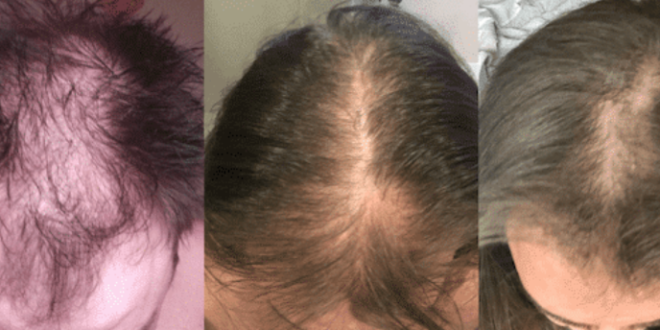Hair loss is prevalent, with around 100 hairs lost every day. Although most people’s hair grows back, some people endure permanent hair loss due to reasons such as heredity, age, hormonal changes, medical disorders, or stress. Medication such as minoxidil and finasteride, hair transplant surgery, and laser treatment are all alternatives for treating hair loss. Hair regeneration laser caps exist in a variety of shapes and sizes, including hats, helmets, caps, combs, and headbands. Head to this page for laser caps Austin.
What are laser caps used for?
These devices stimulate the scalp and hair follicles by using low-level laser therapy (LLLT). Low-level laser therapy (LLLT) employs the use of low-power lasers that generate red or infrared light, which can boost ATP synthesis in follicle cells, increase blood flow, and improve hair growth and metabolism.
How do they work?
Low-level laser hair loss treatments work on the premise that they can enhance blood circulation and stimulate hair follicles to restore hair. Laser hair regeneration requires consistency and patience, since it may take several months of regular treatment to see results. Laser caps and other non-surgical hair loss treatments can effectively cure and postpone hair loss, especially in the early stages. While no treatment can totally prevent genetic hair loss, laser therapy can help to lessen the problem. According to research published in Lasers in Medical Science, laser caps and helmets can enhance hair volume and cover bald areas in people with androgenetic alopecia.
The efficacy of low-level laser hair devices is currently being explored, despite FDA safety approval. The efficiency of these devices varies according to the kind of hair loss. Dermatologists can evaluate your hair loss and propose treatment choices as well as lifestyle adjustments for healthy hair. Low-level laser treatment has been demonstrated in studies to be safe and beneficial for hair development, with one research showing a 40% increase in hair growth in males over 16 weeks.
Final thoughts:
There are many pros and cons. The benefits of laser hair loss therapy include its non-invasiveness, painlessness, lack of side effects, and capacity to thicken hair. However, there are some drawbacks to consider, such as the time-consuming nature of the treatment, the cost involved, the requirement for long-term usage, the lack of regulatory oversight, possible interactions with certain drugs, and lower efficacy in the late stages of hair loss.
 Magazine Today
Magazine Today

